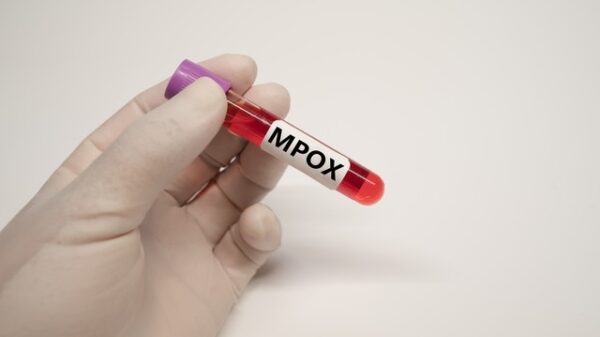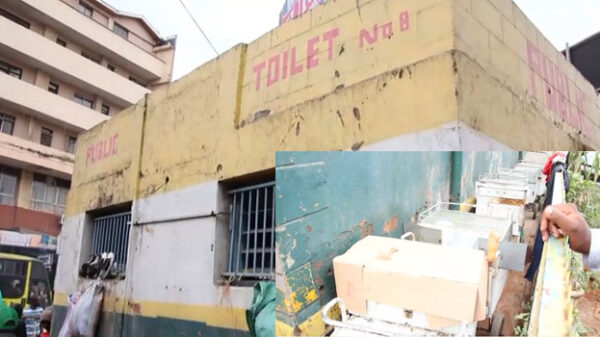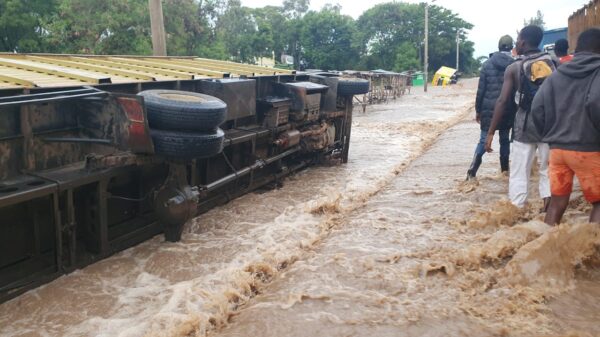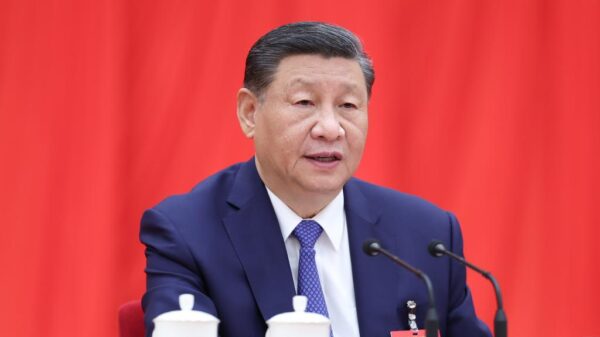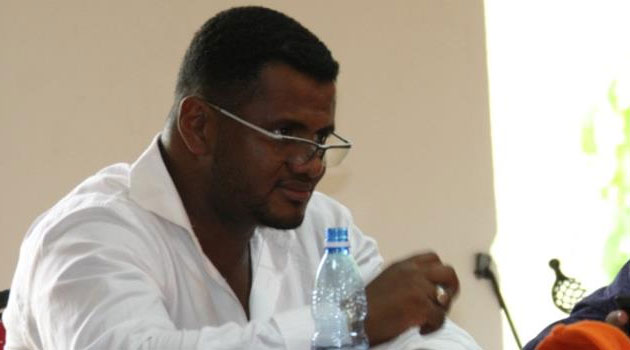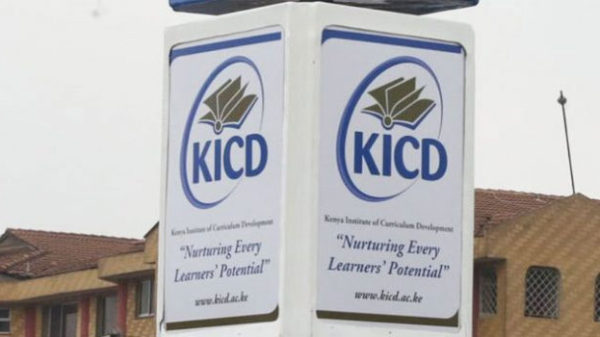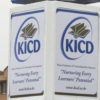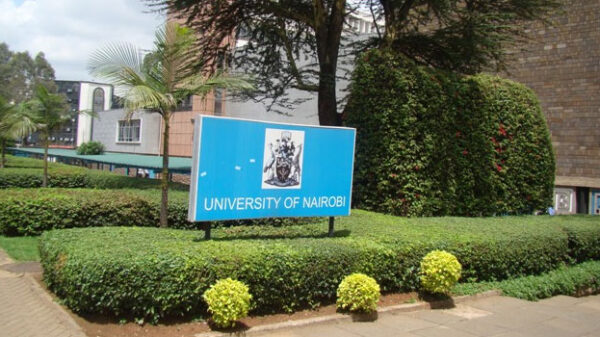Kenya has a 640-kilometer coastline but her coastal and marine resources remain highly under-utilized. As a coastal State, Kenya can accelerate food security, job creation, sustainable community livelihoods and economic diversification, by optimizing her maritime resources.
Data from the Kenya Marine and Fisheries Research Institute (KEMFRI) shows that marine resources account for a paltry 3 percent of fish landings, compared to 95 per cent from inland sources.
With all bays and inlets included, Kenya’s coastline extends 880 kilometers, greater than the distance from Nairobi to Moyale. Add the Exclusive Economic Zone spanning 230,000 square kilometers and stretching 200 nautical miles offshore, about half of the country’s total land area.
This is just a pointer to the massive economic potential of this vast natural resource. Yet, according to the Kenya Maritime Authority, the annual output of marine fishing stood at 9,000 metric tonnes in 2013, compared to a potential of 350,000 metric tonnes valued at Ksh 90 billion.
If fully tapped, our maritime resources could easily rival the tourism sector in economic value. Maritime resources are crucial to the realization of Kenya’s Vision 2030 and Blue Economy agenda and could significantly transform the livelihoods of coastal communities.
One promising but neglected area is mariculture – the commercial farming of marine organisms for food and food additives, pharmaceuticals, jewelry and cosmetics. It is a special type of aquaculture carried out in a marine environment.
Mariculture is a fast-growing industry valued at over $63 billion globally as of 2013. The Global Aquaculture Alliance projects 72 million square kilometers of ocean as being environmentally suitable for marine aquaculture.
Developing the local mariculture industry will certainly unlock enormous economic value. Currently, Kenya boasts a marine aquarium fishery industry valued at Ksh 100-200 million and producing mostly fish, shrimps, clams and soft coral. With the local Blue Economy potential pegged at over Ksh 400 billion, we are only scratching the surface.
A possible approach is development of mariculture parks. These are akin to industrial parks complete with support infrastructure like fish landing sites, transport, processing and marketing.
Mariculture parks are a relatively developed concept in the Asia-Pacific region in countries like China, South Korea, Japan, Philippines, Japan and Vietnam. This has seen such nations reap enormous benefits like increased food production and fish exports, advanced fisheries research as well as environmental conservation by easing pressure on local marine resources.
More Kenyans are turning to healthier diets including fish, signifying probable high demand for mariculture products locally. There is also scope for small-scale marine fish farming and value addition in cosmetic, pharmaceutical and ornament manufacture.
But investors in mariculture need a safe and secure environment with minimal threat from illegal fishing, a menace that reportedly costs the local marine fisheries industry over Ksh 10 billion annually. Fortunately, the Kenya Coast Guard Service was established to combat illegal fishing among other threats.
We must also tackle constraints like poor fingerling stock, lack of affordable feed supply, inadequate access to technical expertise and market access. This will encourage more Kenyans, especially youth and the local communities, to venture into mariculture, with the State playing a facilitative role through policy, research and infrastructure.
In particular, the coastal counties should take the lead in promoting mariculture. They should create the right policy and fiscal environment for marine fisheries to flourish.
Several national government interventions in collaboration with development partners have set the pace for mariculture to thrive locally. For instance, the World Bank-funded Ksh 10 billion Kenya Marine Fisheries Social Economic Project (KEMFSED) seeks to promote coastal aquaculture in Lamu, Tana River, Kilifi, Mombasa and Kwale counties.
The project also involves the establishment of the National Mariculture Resource Institute tasked with producing quality marine fish seeds and training farmers. The project should be expanded to include incubation of mariculture parks targeting Small and Medium Enterprises (SMEs).
Climate change, however, remains a major threat to mariculture. Luckily, the international community has mobilized urgent action to combat climate change through the Paris Agreement to which Kenya is a party. Protecting marine ecosystems is key.
Since mariculture involves rearing of fish and other organisms in a controlled environment, unlike traditional fishing, this helps in preservation and restoration of the marine environment.
In nutshell, mariculture is capable of leapfrogging the coastal economy, which is heavily dependent on tourism, and providing sustainable livelihoods for local communities.
Mr. Choto is a lawyer and policy analyst. kingorichoto@gmail.com










